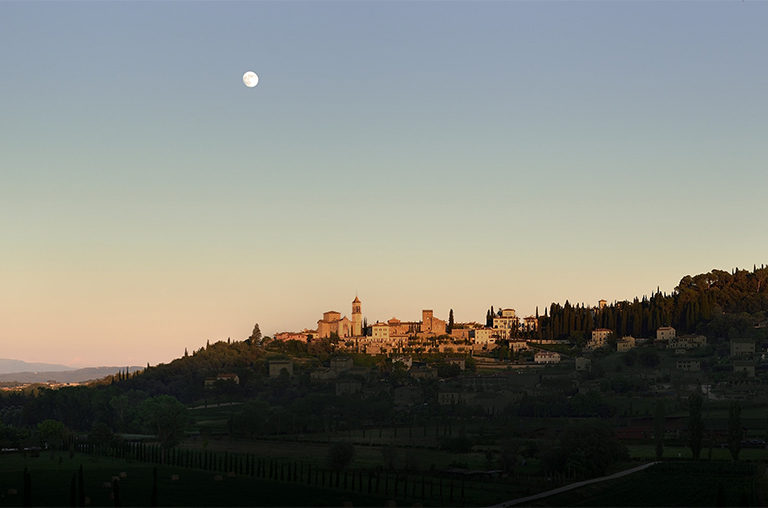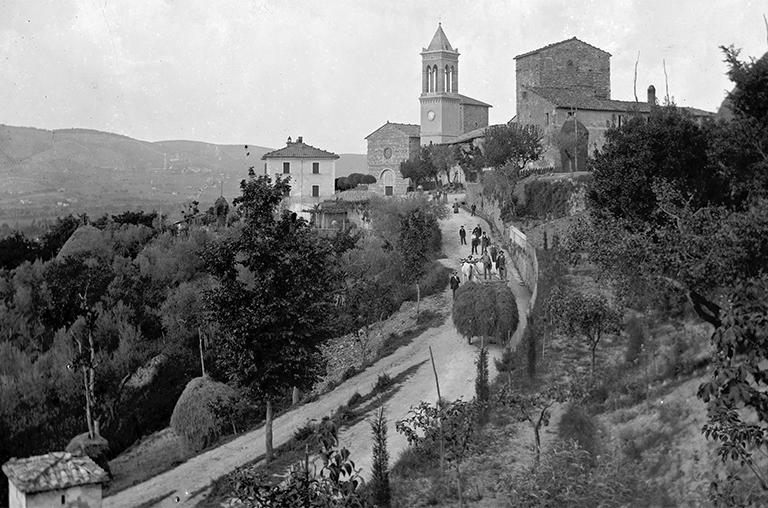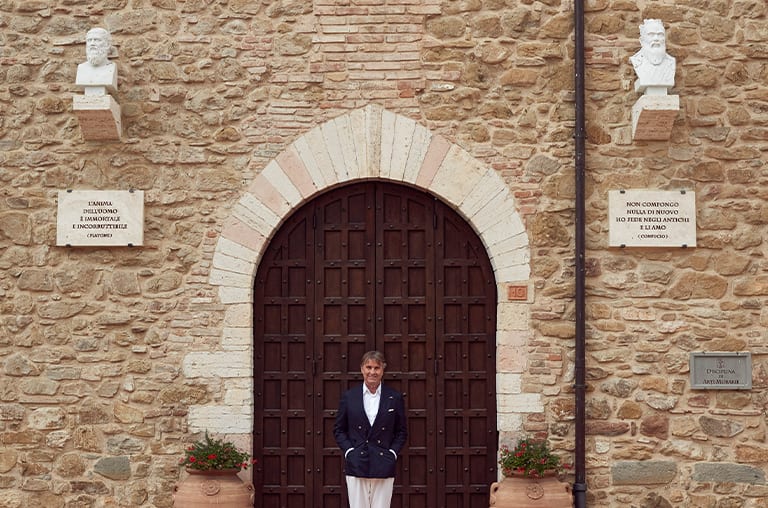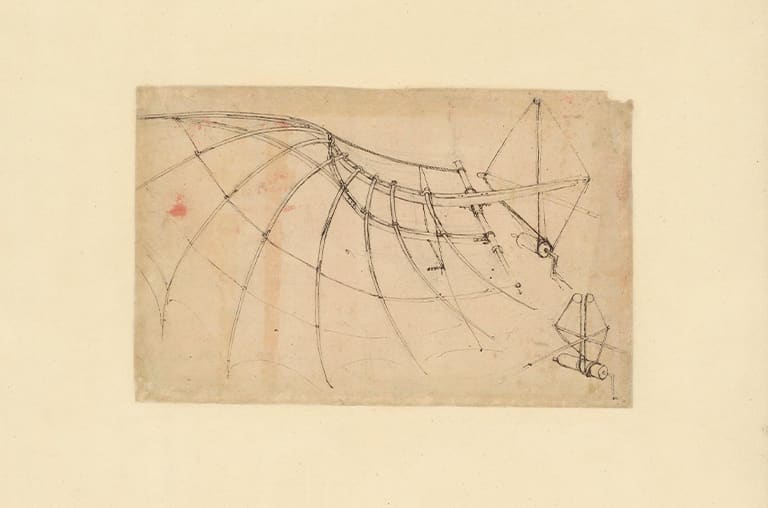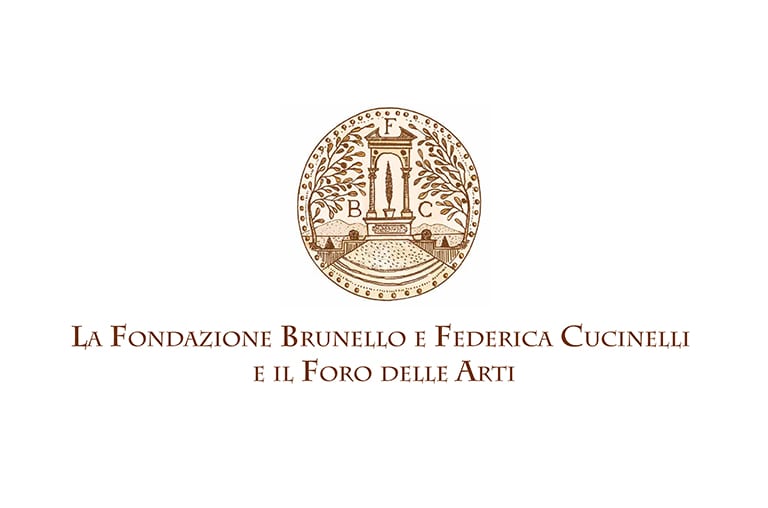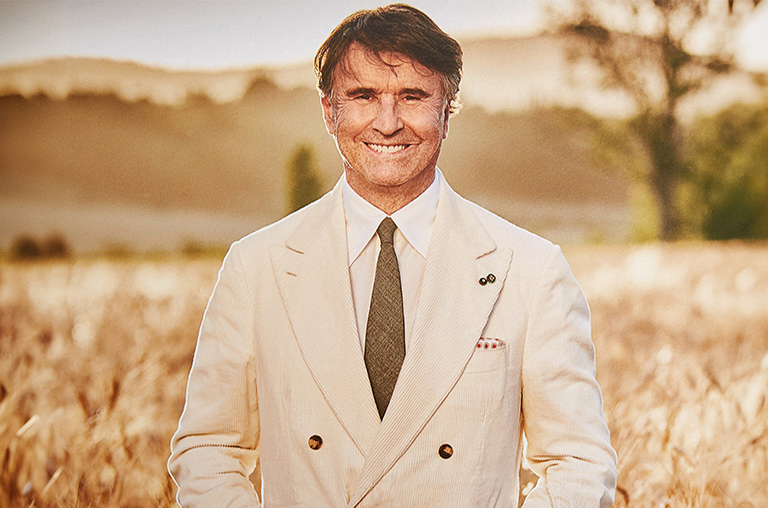label.skip.main.content
Cashmere

Mongolia, image from the Fall-Winter 2010 catalog. Photo by Christian Moser
The origin of cashmere is to be found among the ancient communities of shepherds in Central Asia, where the valuable material was used as a natural protection against the harsh climate.
Since then, the history of this excellent yarn has spanned the evolution of different civilizations, uniting East and West, traditional heritage and contemporary creations. Over the centuries, its high value, its unmistakably intense and enveloping feeling as well as its special insulating properties have fascinated traders and merchants, princes and emperors, finally ending up in the world of fashion to be used as a noble material par excellence.
Today the history of cashmere passes through the workshops in Solomeo, where since 1978 Brunello Cucinelli’s intuition has bestowed upon this yarn a new appeal and modern colours.


Illustration by Sunflowerman
In its new role, cashmere now joins together the Umbrian heritage of knitwear and the innovation of contemporary design. Now, just as then, the skilled hands of master artisans are shaping garments to be worn and passed on to the next generations.
The heavens, below which everything happens, are like a face whose eyes are the moon and the sun. The cycle of time and the line of the horizon enclose and surround humanity in a single, inseparable world.

The region of Kashmir, the place after which the precious material produced from the Hircus goat was historically named, is split between Afghanistan, Pakistan, India and China.
Today, cashmere comes from China and Mongolia, where the Eternal Blue Sky is the earthly manifestation of the Supreme God, the dominating element of landscape and life, the power of the physical and spiritual order.
Below the impenetrable beauty of the heavens, goat breeding can boast a millennia-long tradition, which implies the same migrations and rites year after year in order to tackle the demanding natural conditions of the region.
In order to survive sudden temperature changes, Hircus goats grow a thick undercoat made up of thousands of very fine and extraordinarily soft fibres, hidden under the longer and rougher coat that is visible from the outside. This undercoat, also called duvet, acts as a thermal insulation for the animals, thus protecting them against sweltering summers and freezing winters, when temperatures can drop as low as to 50°C below zero. The quality of the fibre depends essentially on the harshness of climate conditions.
The secret of cashmere lies in its extremely reduced thickness, approximately 15 microns, which hides some sort of internal “air chamber” that naturally performs functions of thermoregulation and perspiration; only the most advanced synthetic fibres of the latest generation can reproduce such properties.

Camilla and Carolina Cucinelli in Mongolia, 2018
The harvesting of the precious yarn matches the sensitive relationship that man has developed to such a strong and powerful nature: in the spring, when the weather is milder, shepherds harvest the undercoat from the goats using the “combing” technique: it is a completely harmless procedure for the animals, whose coat under the chin and under the belly is gently brushed with a small comb in order to shear the thickest, most compact and softest fibres. One single Hircus goat can yield approximately 150-250 grams of undercoat every year. One of the reasons for the high value of cashmere is the very limited quantity of high quality yarn.
In ancient times, the first attempts at processing cashmere produced highly basic garments: the thick and rich wraps protected the inside of the tents against the cold, or they were used as clothing. Charming legends have it that cashmere was known in the West since the early days of Julius Caesar, however a proper expansion of its use in Europe only took place in modern times.

Camilla and Carolina Cucinelli with husbands Riccardo Stefanelli and Alessio Piastrelli visiting Hircus goat farmers in Mongolia, the species from which cashmere fiber is made, 2018
At the end of the eighteenth century this noble material – thanks to the English and French trading companies and then to the subsequent textile revolution in the following century – took on an ever-increasing value. These were the times when cashmere shawls cost more than a horse carriage, when queens and empresses would confirm the noble qualities of this material by wearing large and rich cashmere capes and cloaks.

Brunello Cucinelli with shepherds in Mongolia, 2009










